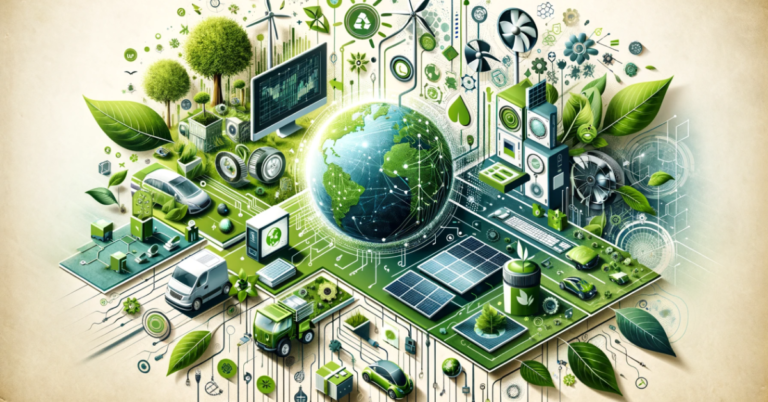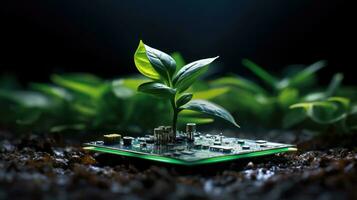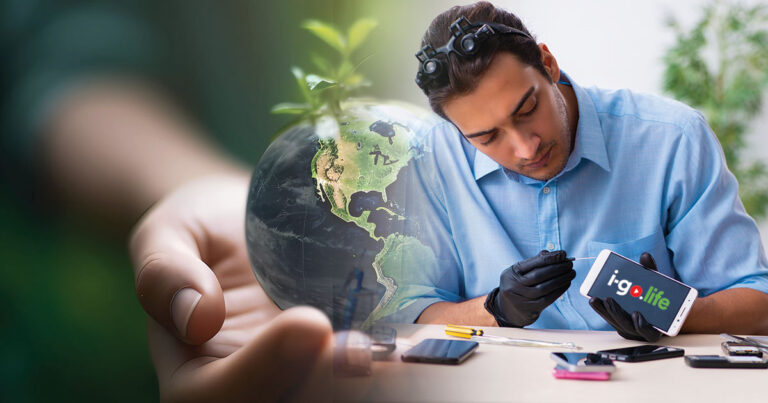Choosing a Refurbished Smartphone: A Green Move Supported by ADEME’s Revealing Study
In the UK, where environmental consciousness is on the rise, our daily choices – from our diet to our fashion – have ripple effects on the environment. One area that’s recently caught attention? The decision to opt for refurbished smartphones. Let’s explore the environmental benefits of this choice, backed by the recent ADEME study.
Delving into the ADEME Study:
In October 2020, the French Environment and Energy Management Agency, ADEME, embarked on an investigation to gauge the environmental repercussions of the global refurbished electronics market. This unparalleled study, named “Assessment of the environmental impact of a set of refurbished products”, unveiled in July 2022, provides a detailed analysis on how refurbished electronics, particularly smartphones, are positively impacting our globe.
The Environmental Perks of Refurbished Smartphones:
1. Tackling the E-waste Dilemma:
- New Vs. Refurbished: Each brand-new smartphone creates roughly 200.2g of e-waste. In contrast, a refurbished one amounts to just 22g – a staggering 89% reduction.
- A Practical Comparison: The e-waste saved by a single refurbished smartphone is akin to the weight of 20 pairs of AirPods!
- Broad Impact: If half the smartphones purchased in the UK during the early 2021 had been refurbished, the reduction in electronic waste would be immense.
2. Preserving Our Natural Resources:
- Mining Repercussions: Approximately 266.7kg of earth is mined to craft every new smartphone. However, a refurbished phone with some parts replacement requires only 23.1kg.
- Optimal Use of Resources: Considering the myriad of raw materials required for one device, choosing refurbished extends the lifecycle of already mined resources.
3. Diminishing Carbon Emissions:
- New Vs. Refurbished: A fresh-off-the-factory smartphone is responsible for 84.4kg of CO2e emissions. A refurbished one? Just 7.1kg.
- Carbon Insights: A significant chunk of a gadget’s carbon footprint is attributed to its manufacturing process.
4. Water Conservation for the Future:
- Water Footprint: Producing a brand-new smartphone guzzles approximately 89,100 litres of water. By switching to a refurbished model, this consumption plunges by a commendable 86.4%, saving 77,000 litres.
The Way Forward
Opting for a refurbished smartphone might not resolve the climate crisis single-handedly, but it’s undoubtedly a stride in the right direction. ADEME’s study has shed light on a more sustainable trajectory for electronics consumption. Perhaps it’s high time for the UK, and forward-thinking platforms like I-Go.life, to spearhead this eco-friendly trend. After all, every bit counts.







